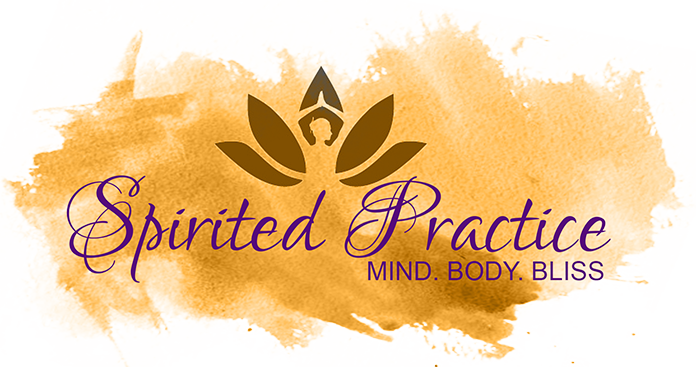Whether teaching, parenting, doing yoga poses or chanting, our intention is everything. I first came to yoga to try to sit still, not while meditating, but just being able to stay in one place without fidgeting. I was attracted to the poses and trying to get them “just right.” Learning from a book isn’t the best way to learn yoga, but it was all that I had. In the beginning that was enough, yet as time passed, I needed more, wanted more. I attempted various kinds of meditating and mindfulness, but I was not quite ready. I found a myself in a state of yoga, one-pointed focus, while painting and singing. So of course, I was attracted to chanting.
I was introduced to devotional chanting at the Krishna temple in Connecticut early on and felt a sense of community. Chanting those chants alone wasn’t something I felt comfortable or competent with. Eventually I learned some sing-songy chants that I could chant on my own and I used tapes (this was pre-YouTube, pre-Internet, pre-yoga studio on every corner time.) Finally many years later, I heard Vedic chanting and was hooked.
What made Vedic chanting so different? For me, it was the feel of it in my body, the vibration, in my heart and in my head. I was lucky to study with some people who are amazing Vedic chanters. Even though I don’t put myself on the same level as these chanters, I am capable of learning and able to share and benefit from a chanting practice.
Vedic chants come from the Vedas and for centuries were passed on orally. The reason for the strict rules of Vedic chanting was so that they would be passed from person to person unchanged. Of course, they’ve been written for a long time now and there is not the same need to memorize; yet to reap the same benefits of Vedic chanting, you’ll want to learn from a qualified teacher, who knows and follows the rules of Vedic chanting. I will discuss the benefits of chanting at a later date.
My reason for writing this post was to discuss the intention while chanting. I have asked and been asked, “what if I say it wrong?” or “what if I can’t sing?” Chances are if Sanskrit is not your native language, you will say some of the sounds incorrectly in the beginning. I have been chanting for a long time now and there are still some sounds that I struggle with. I can sing and it has interfered with my chanting.
So my answer, your intention when you are chanting is more important than how you chant. Some people may disagree with me, and that’s okay. It’s what is in our heart, our reason for chanting, our connection to the sound and our teacher that is the key to receiving the benefits of our practice no matter what the practice is, asana, meditation, writing or chanting. We do need to do the practice regularly as well, but that’s for another post.
I have wanted to share my thoughts for some time now. One of my obstacles was being fearful of what people would think. I decided that as long as my intentions were good, all would be well. I do the ground work and stay unattached to the results.
Bottom line: intention is everything.

